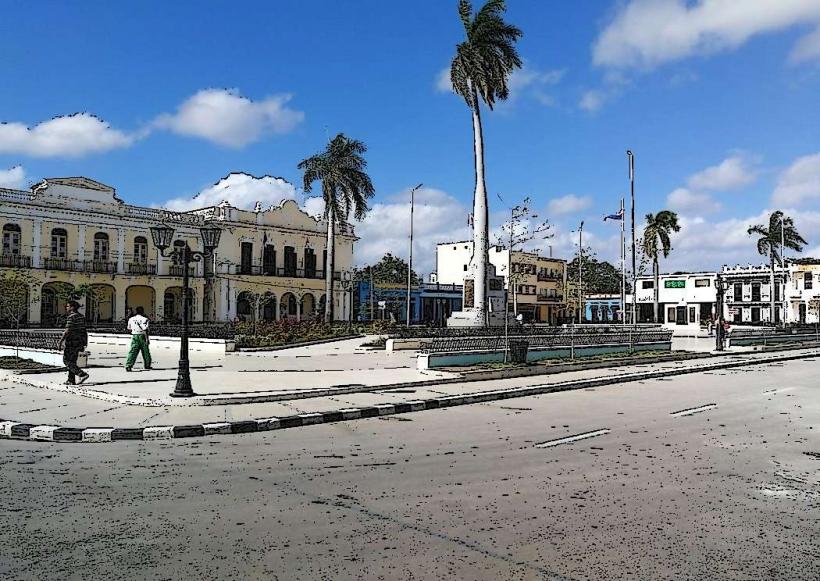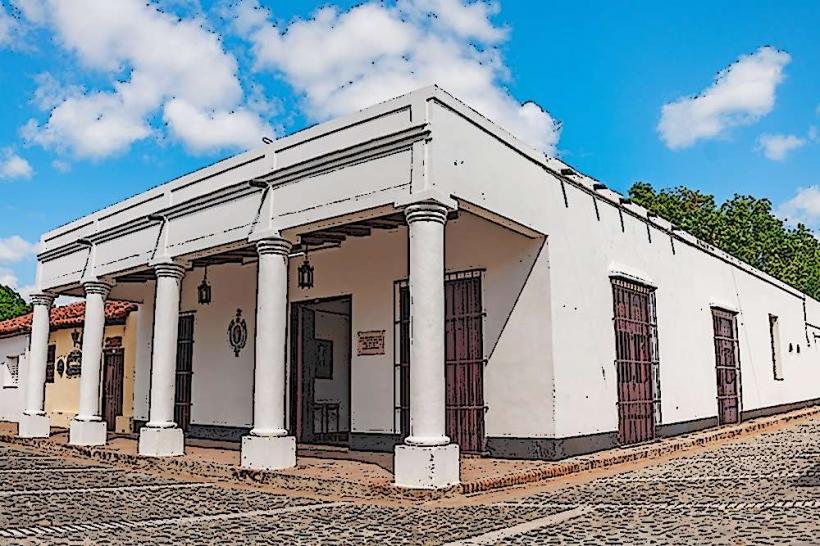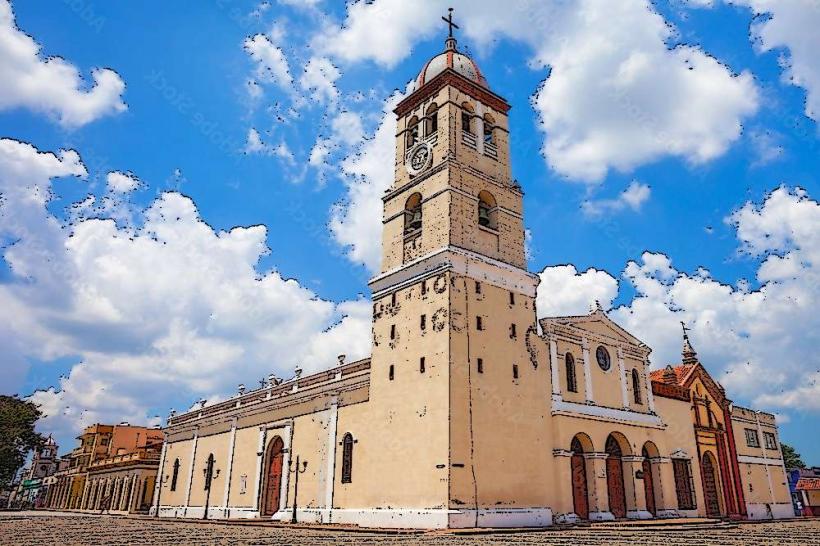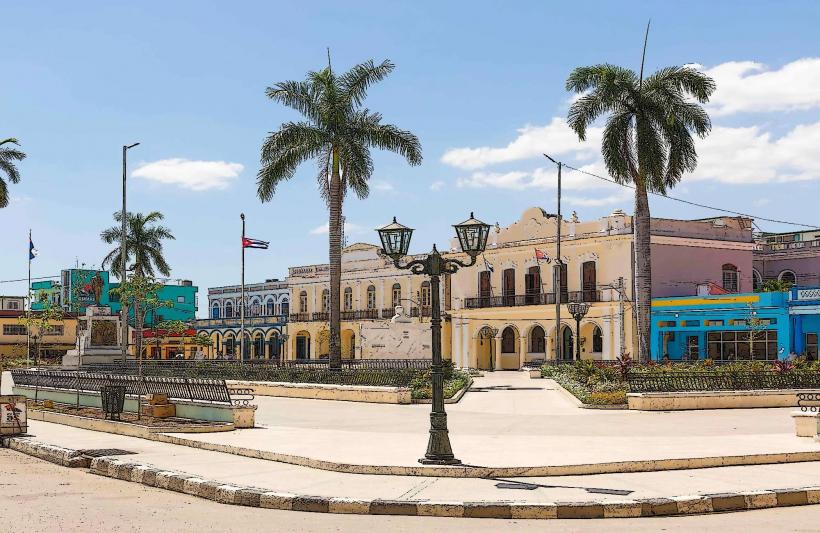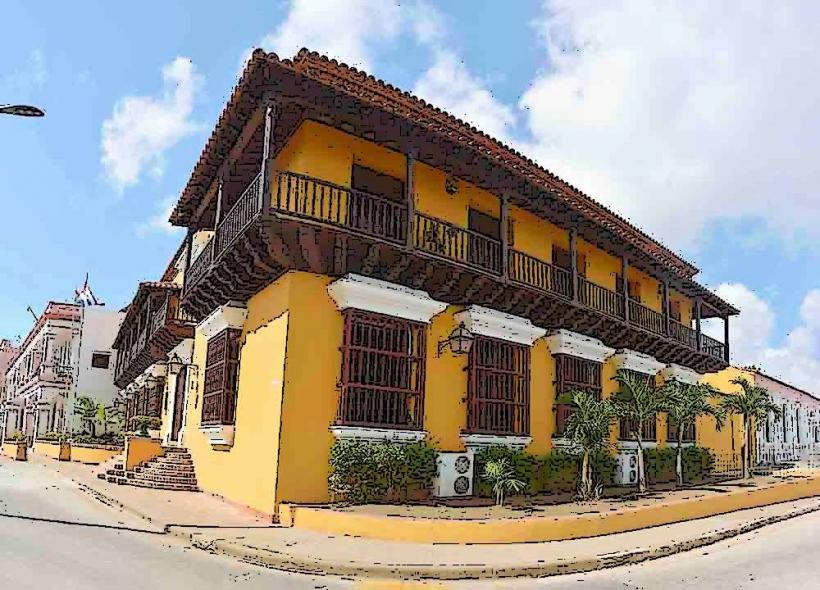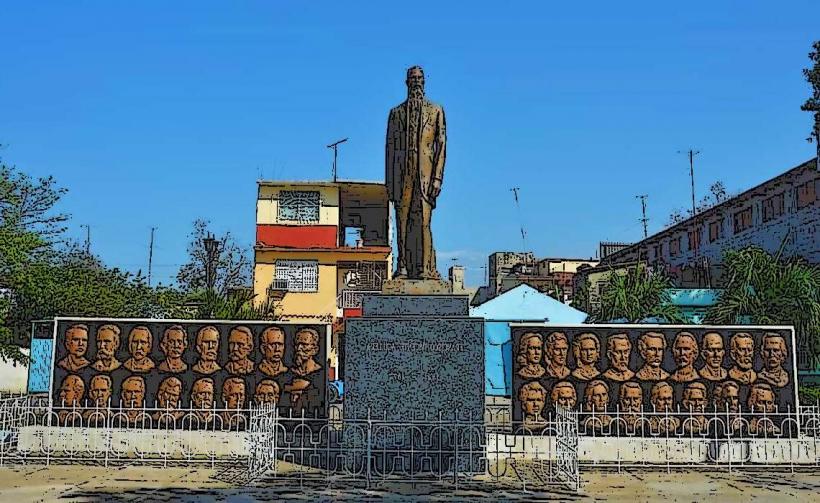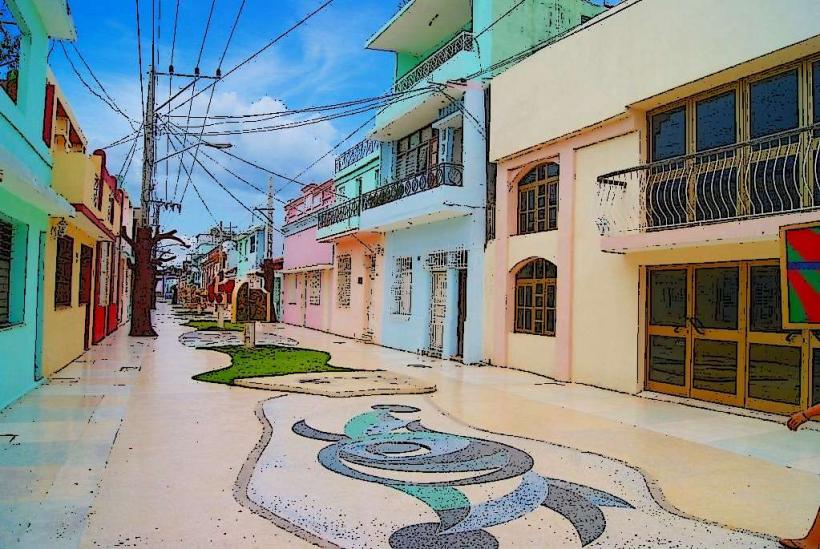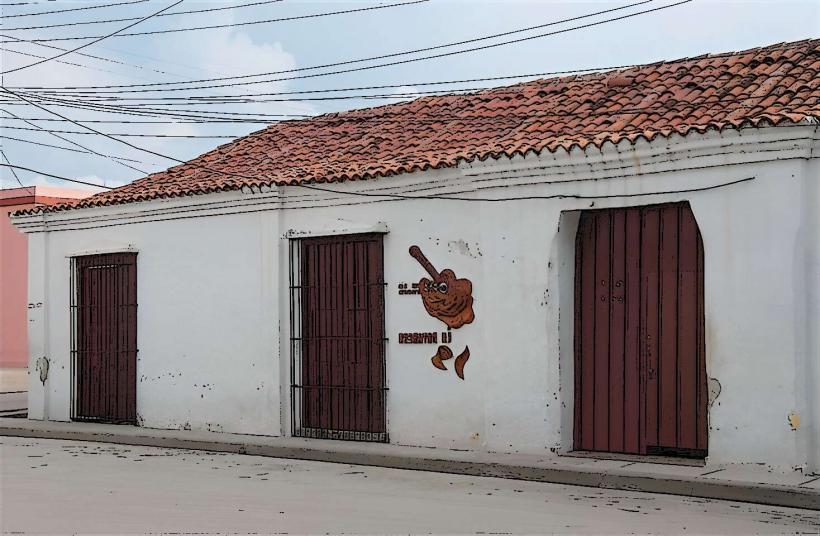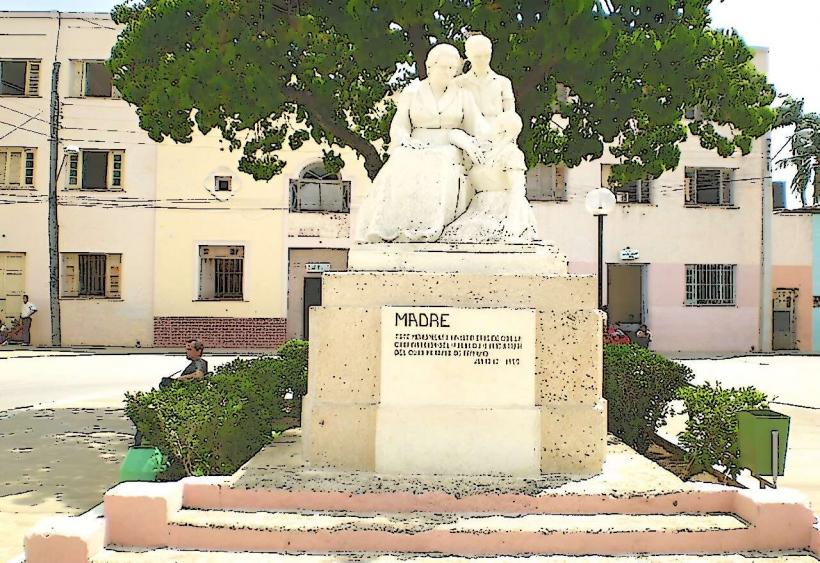Information
Landmark: Casa Natal de Carlos Manuel de CéspedesCity: Bayamo
Country: Cuba
Continent: North America
Casa Natal de Carlos Manuel de Céspedes (The Birthplace of Carlos Manuel de Céspedes) is a historic house located in Bayamo, Cuba. This house is of immense historical and national importance as it was the birthplace of Carlos Manuel de Céspedes, a key figure in Cuba's independence movement and often referred to as the Father of Cuban Independence.
Key Features of Casa Natal de Carlos Manuel de Céspedes:
Historical Significance:
- The Casa Natal is the childhood home of Carlos Manuel de Céspedes, who is celebrated for his role in initiating the Cuban War of Independence. On October 10, 1868, he issued the Grito de Yara, a declaration of independence that marked the beginning of the Ten Years' War (1868-1878). His call to arms against Spanish colonial rule is considered one of the pivotal moments in Cuban history.
- The house is now a museum dedicated to Céspedes' life, legacy, and the broader history of Cuba's fight for independence.
Architecture:
- The house is an example of colonial-era architecture typical of the 19th century in Cuba. It is a two-story building with a simple, yet elegant design, featuring large windows, wooden balconies, and a spacious courtyard. The architecture offers a glimpse into the lifestyle of the Cuban upper class during that period.
- The house’s preserved structure helps visitors understand the historical context in which Céspedes was raised and the social environment of his time.
Museum Exhibits:
- Casa Natal de Carlos Manuel de Céspedes is now a museum, housing a collection of artifacts, personal items, and documents related to Céspedes and the Cuban War of Independence. Some of the key exhibits include:
- Personal belongings and memorabilia from Céspedes’ early life.
- Revolutionary documents, including copies of the Grito de Yara and other proclamations related to Cuba’s independence.
- Historical artwork, such as portraits and paintings depicting Céspedes and key events in Cuba’s fight for independence.
- Items that reflect the cultural and social atmosphere of 19th-century Cuba, showcasing how the Cuban elite lived during colonial times.
- The museum provides insights into the personal life of Carlos Manuel de Céspedes, his motivations, and his contributions to the Cuban struggle for independence.
Cultural and Educational Value:
- The museum serves not only as a historical site but also as an educational institution. It is a place where students, researchers, and visitors can learn about Cuba's complex history, particularly in relation to its independence movement.
- It also highlights the broader context of the Ten Years' War, a key event in Cuba's long struggle for freedom from colonial rule, and the role of figures like Céspedes in that fight.
Location and Accessibility:
- Located in the heart of Bayamo, the Casa Natal is an easily accessible site for both locals and tourists. Bayamo, known for its well-preserved colonial architecture, provides a historical backdrop that enhances the experience of visiting the birthplace of such an important figure in Cuban history.
- The museum is part of the city's historical and cultural tourism route, making it a must-see for visitors interested in understanding the roots of Cuba's independence movement.
Significance in Cuban National Identity:
- Carlos Manuel de Céspedes is a national hero in Cuba, and his birthplace stands as a symbol of the Cuban people's struggle for liberty and self-determination. The house has become a symbol of Cuban patriotism, freedom, and revolution. It is a place of homage and reflection for Cubans and visitors alike.
- The museum and its collections contribute to the preservation of Cuba’s revolutionary history and the legacy of those who fought for independence.
Visitor Experience:
- Visitors to the Casa Natal can explore the museum’s exhibitions, participate in guided tours, and learn more about the life of Céspedes and the historical events surrounding him. The house is often visited by both local school groups and international tourists seeking to connect with Cuba's past.
- The museum also often hosts events, educational programs, and discussions that explore the significance of Cuban independence.
Conclusion:
Casa Natal de Carlos Manuel de Céspedes is a must-visit site for anyone interested in Cuban history, particularly the country's fight for independence. As the birthplace of one of Cuba’s most important historical figures, the house offers a deep and immersive look into the revolutionary spirit that defined Cuba's struggle against Spanish colonial rule. The museum provides an essential understanding of the life of Carlos Manuel de Céspedes and his contributions to the Cuban independence movement, making it an enriching destination for history enthusiasts and travelers alike.

